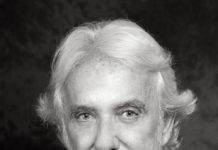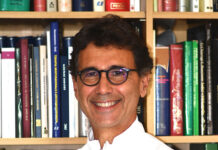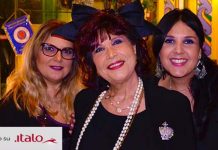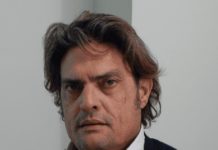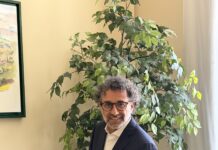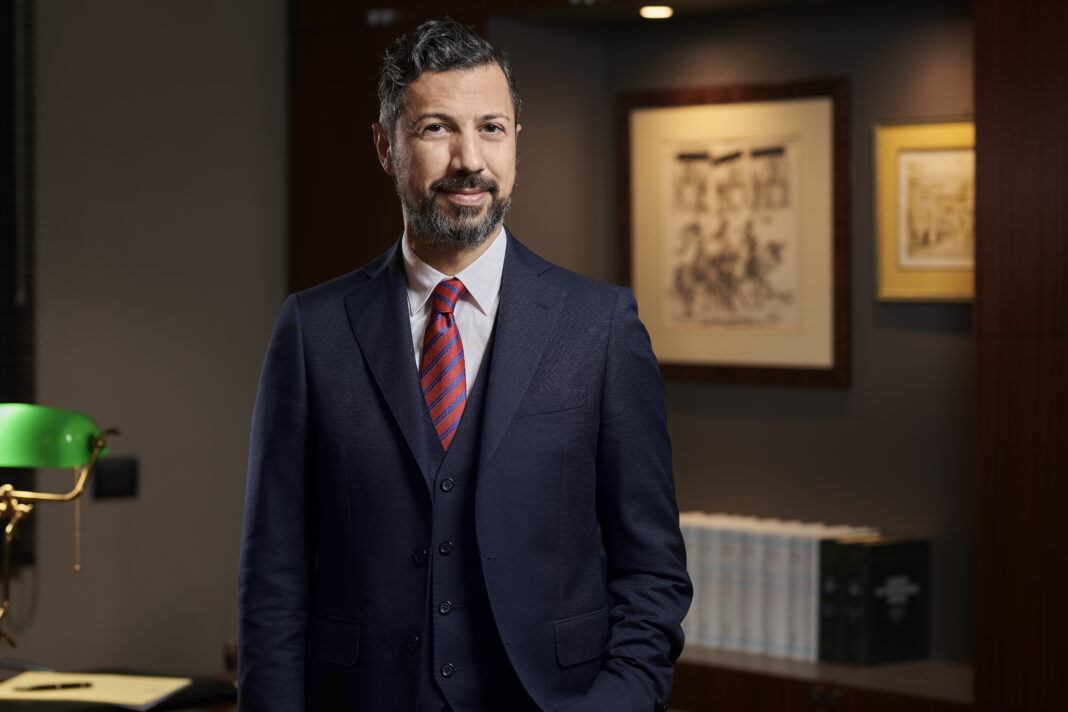Founded in 1997, Studio Legale Marchionni Romagnoli is a legal boutique in Foligno specialising in providing out-of-court and in-court advice and assistance (at every stage and level of proceedings, up to the Supreme Court), in specific areas of expertise. Thanks to a highly qualified multi-disciplinary team – each lawyer has professional expertise in a specific legal matter – it is able to offer its clients a 360-degree, highly qualified, reliable and strictly tailor-made advice, i.e., tailored to their specific needs. Its ability to successfully deal with all legal issues, putting its experience and expertise at the service of Italian families and businesses, is a peculiarity with a high added value that has allowed it to obtain in the last two years important recognitions, such as the prestigious Le Fonti Awards, as Excellence Boutique of the Year 2023 Asset Protection Law and Trusts; it has also been included in the list of the nineteen Italian excellencies in the field of family and inheritance law, the important award of Sole 24 Ore and Statista dedicated to Italian realities that have particularly distinguished themselves for growth and professionalism. “Our key strategy is to provide tailor-made legal advice, rigorously qualified and customised, through the establishment of a valuable partnership with the client,” says lawyer Massimiliano Romagnoli, who in this interview talks about the legal instruments aimed at protecting assets.
by Roberta Imbimbo
Mr Romagnoli, how important is estate planning and protection today?
In Italy there are about 16 million people with tax debts (the total debt of Italians with the tax authorities exceeds 950 billion, i.e. more than half of our GDP); 130 thousand houses are auctioned every year, 309 per day, 13 per hour, and 27 companies go bankrupt every day. Data in hand, our country is moving faster and faster towards indebtedness for Italians. In this economic and financial context, estate planning plays a role of primary importance precisely to protect assets (preserving them over time) from negative events in the financial market, from the erosion of inflation, and from life’s unforeseen events (job loss, company crisis, health problems). Our priority objective is to support the client in the protection of his assets and in the management of possible risks, starting from an in-depth analysis of his patrimonial situation and from a mapping of the potential causes of aggression, arriving at a true and proper consulting activity aimed at choosing the best solutions to protect and pass on his assets according to his specific personal needs.
Today there are several legal instruments – each with its own peculiarities – that allow one to protect and safeguard one’s assets from attack by creditors, banks and the tax authorities. Can you tell us about the Trust?
Acknowledged in our legal system with the ratification of the 1985 Hague Convention, the trust is a legal institution of Anglo-Saxon origin, linked to the protection of corporate or personal assets, also with a view to generational transition, by which the possessor of certain assets (the settlor), by an act inter vivos or mortis causa, has the possibility of separating them from his availability, disposing of them. Separated assets are managed by a person, the trustee, for a certain lawful purpose in favour of one or more persons (the so-called ‘beneficiaries’). Generally, this particular legal institution is resorted to in order to meet the need for asset protection and efficiency, as the assets transferred to the trust, constituting a distinct and separate asset from the personal assets of both the settlor and the trustee, cannot be attacked by their particular creditors. And so, those who set up a trust do so, for example, to remove assets from their business activities, to take advantage of preferential taxation on dividends received from corporations in which the trust has an interest, or to provide assistance to weak individuals (minors, interdicts or incapacitated persons) who are unable to administer their assets, to manage operations relating to the generational transfer from one beneficiary to another of tangible or intangible assets, and finally to allocate the assets in trust to a philanthropic initiative. In short, the trust is a ductile and flexible legal instrument that has a very broad field of application, also following the issuance of Circular 34/E that put an end to certain interpretative problems in the field of direct and indirect taxation.
The trust is particularly effective in the case of generational transition. Why?
Ninety per cent of Italian businesses are family-run and generate 80 per cent of the gross domestic product. Many of them, however, do not survive the death of the founding father, and very few make it to the second generation, precisely because very often a proper generational handover is not put in place. Precisely in order to safeguard business continuity, a precise strategy must be adopted so that the generational passage does not have a negative impact on the business, but becomes an opportunity to transfer experience, know-how and business values to specific heirs. In fact, the trust allows the entrepreneur to properly evaluate the choice of the successor, avoiding that upon his death the legitimate succession opens and the company falls into hands that are not capable of appropriate management. In fact, the entrepreneur may appoint a trustee, entrusting him/her with the task of managing and subsequently transferring the business to the person who will manifest the most suitable characteristics to take control of the business. From this point of view, the trust is an ideal instrument for planning the generational transfer of the company in a prospective perspective; however, it is a technically very complex instrument, which must be handled with great care and attention; this is why the recourse to experienced professionals, capable of providing high value-added services, in this matter is of paramount importance.














